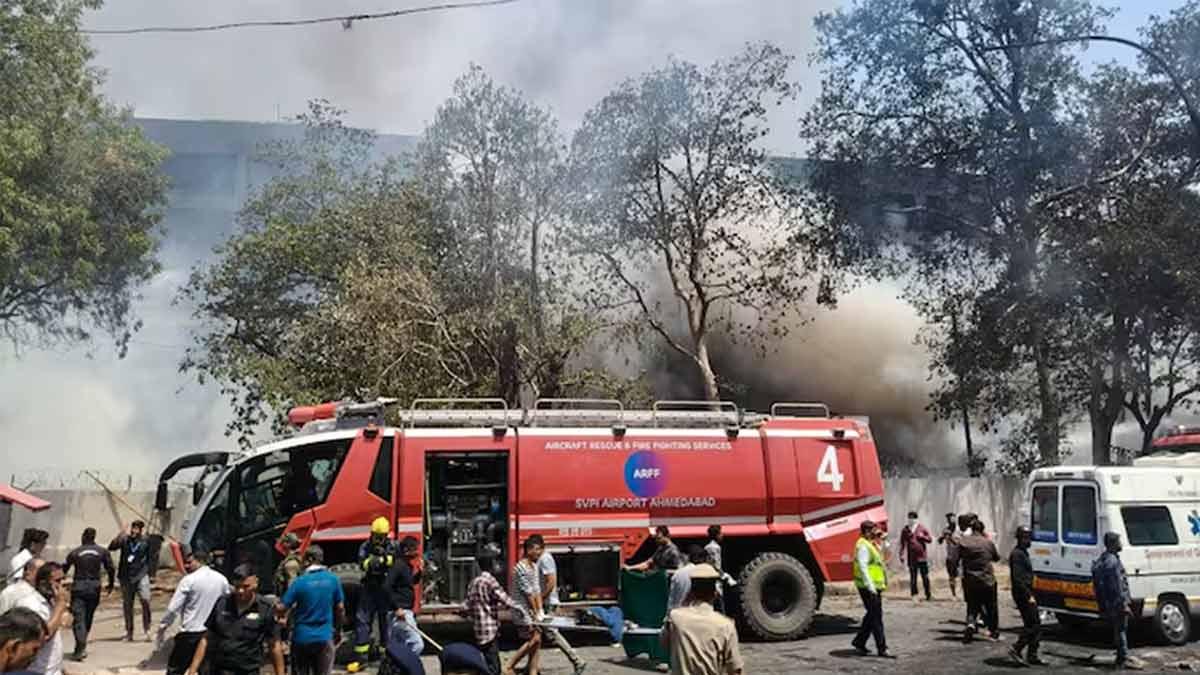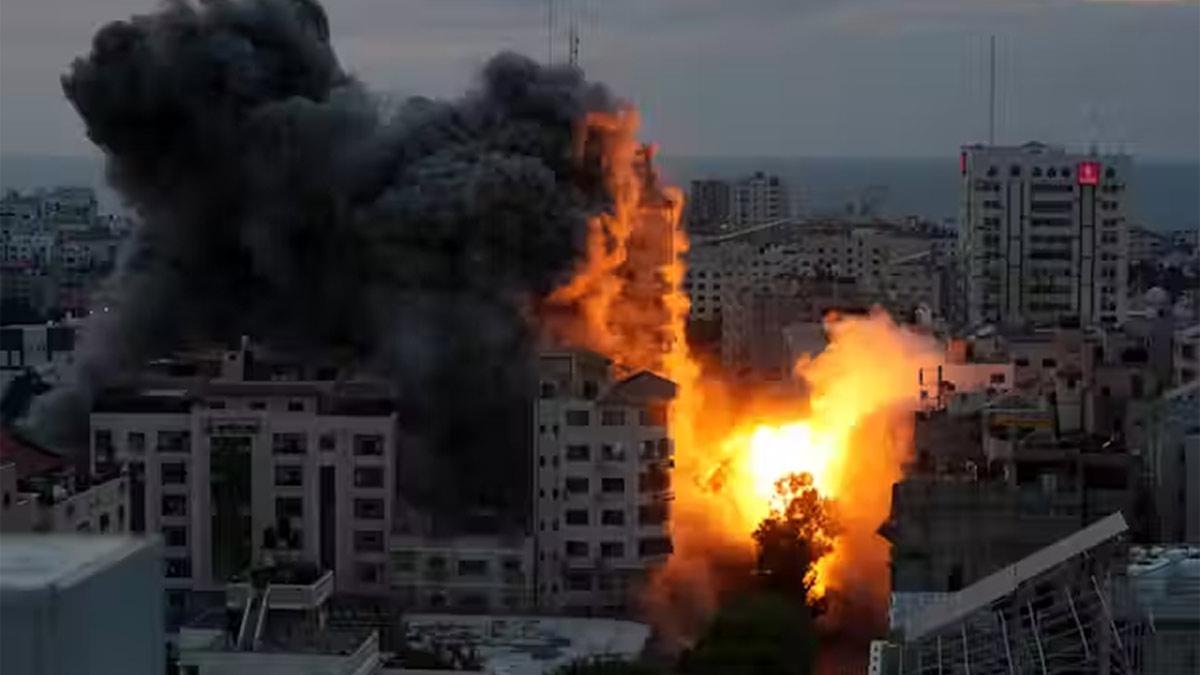One of the two essential flight data recorders from the wreckage of the doomed Air India Flight 171 was retrieved on Friday, in a major breakthrough in finding out the drama that occurred during the dramatic 33 seconds in the air that resulted in India's worst aerial disaster in three decades.
Technologists are sounding the warning bell about potential technical flaws, pilot miscalculations, and configuration errors in the Boeing 787-8 Dreamliner.
One of the first such boxes was discovered on top of a hostel mess over BJ Medical College in Ahmedabad—the place where the plane crashed just minutes after takeoff on Thursday and killed 241 people. The second recorder was also discovered on Friday, and both are being decoded for information, according to officials. (For the latest updates, see our live blog on the Ahmedabad plane crash.)
While India's Aircraft Accident Investigation Bureau (AAIB) sifts through twisted fuselage and burned wreckage, representatives of Boeing have also arrived on-site to investigate. Parts of the aircraft's twin General Electric GEnx engines are being transported to the U.S. for a detailed technical examination. Officials said the aircraft remains would be taken to a secure facility for reconstruction, in partnership with the AAIB, the U.S. National Transportation Safety Board (NTSB), and other agencies.
India's civil aviation regulator, the Directorate General of Civil Aviation (DGCA), ordered targeted safety audits of every Air India Boeing 787-8 and 787-9 aircraft that is operating.
The DGCA's checks will focus on six critical systems—fuel parameters, fuel flow systems, electronic engine controls, hydraulic systems, and takeoff settings. Aviation analyst Amit Singh said, *The order by the DGCA appears to have signaled their suspicion of all that might have contributed to the B787-8 crash on Thursday."
He explained, "Though the checks referred to by the DGCA are all conducted by the pilots prior to flight, they constitute only a few of the overall checks conducted. This might suggest the regulator could have become aware of snags or likely faults in the airplane."
Official sources quoted by the Associated Press indicate preliminary evidence that the plane may not have been properly configured for takeoff. These include the landing gear still extended when it was climbing and loose flap parts spotted on the streets nearby, which could indicate a malfunction that may have critically lowed lift.
"We can see what we see on video and all of these potential problems we're discussing: fuel, engine thrust, flap and slat settings. That's all going to be captured on the flight data recorder," former U.S. crash investigator and aviation safety consultant Jeff Guzzetti said in an interview with the AP.
He went on to say, "The cockpit voice recorder will hopefully capture the conversation between the crew about what type of performance figures are being entered into the computer." Investigators are suspected by Guzzetti and other specialists of investigating whether the engines lost power during takeoff, if weight and weather conditions were factored in accurately, and whether the wrong settings for flaps and slats had been used.
“The image shows the airplane with the nose rising and it continuing to sink,” observed John M. Cox, CEO of Safety Operating Systems and a former pilot. “That says that the airplane is not making enough lift.”
He went on to say, "It's difficult to say but from the look of the aircraft coming from behind … it doesn't appear that the flaps at the rear of the trailing edge are in the position I would have expected them to be. But I'm extremely careful that the quality of the image isn't good enough for that to be a conclusion. It's just an area where I know that they're going to look."
A Reuters story, citing sources, said that the investigation is looking into the possibility of engine thrust failure, incorrect flap position, and the strange case of the landing gear remaining deployed. They have eliminated a bird strike as the main culprit but are also examining crew actions and maintenance records.
Although it’s still premature to pinpoint an exact cause, officials involved in the probe indicate that attention is increasingly being directed toward a combination of technical malfunction and human oversight.
Read also| Air India Flights Rerouted Amid Rising Tensions in Iran-Israel Conflict


















